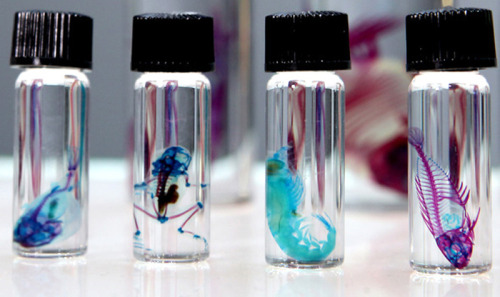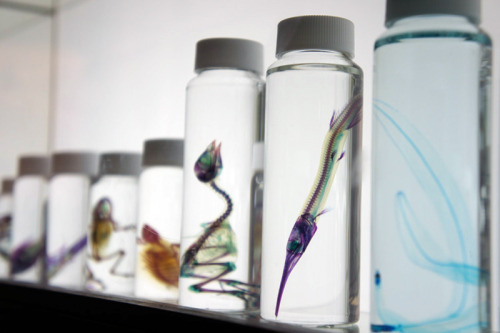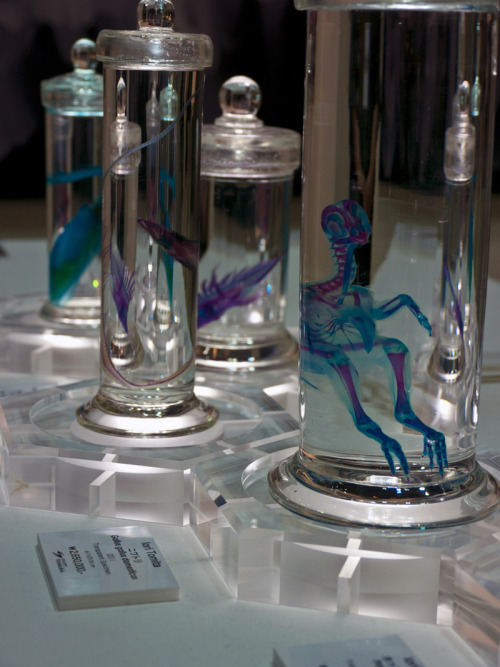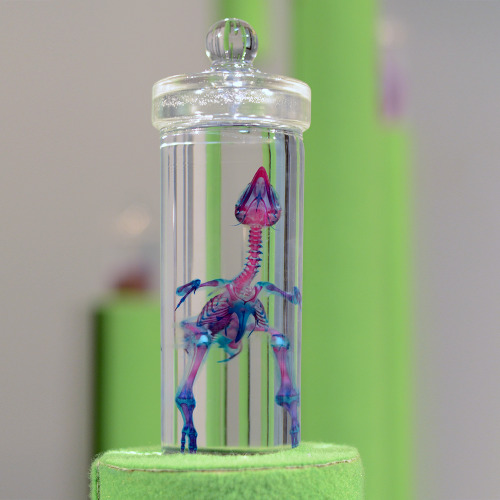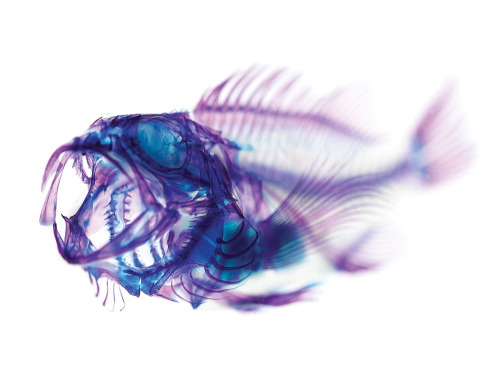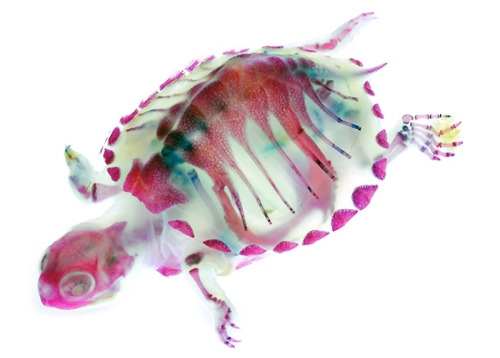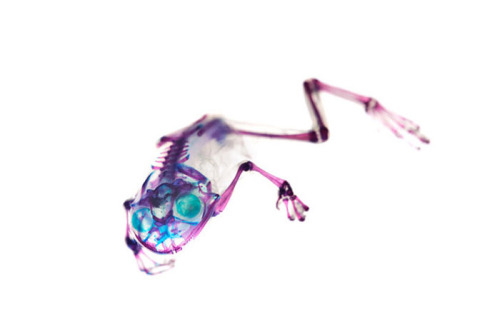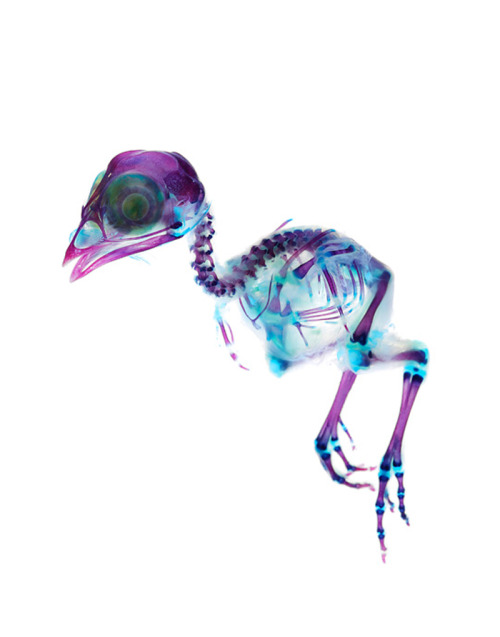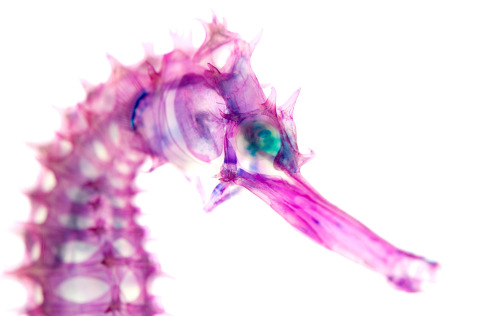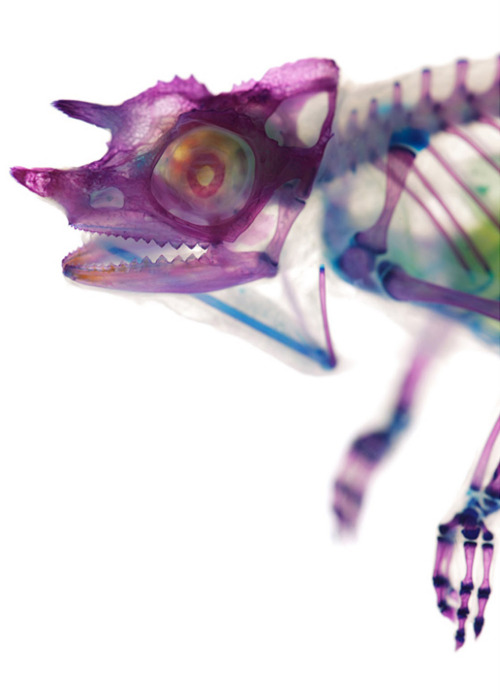Stardate: 2258.42...or, uh, 4... Whatever. Life is weird, at least we've got science.
75 posts
Latest Posts by saients - Page 2
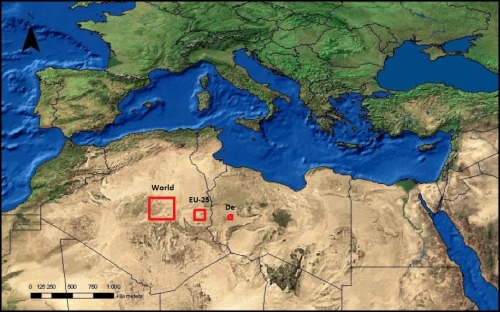
The total area of solar panels it would take to power the world, Europe, and Germany

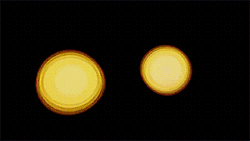
A star created 1,800 years ago after the collision of two distant suns is set to appear in the night sky for the first time – as the light from the crash finally reaches the Earth.
Scientists predict that for six months in 2022, stargazers will be able to witness the birth of the new star, by fixing their telescopes near the Pisces and Cygnus constellations. Dubbed the Boom Star, it has taken nearly two millennia for its light to reach earth — where it will be able to be seen by the naked eye. Astronomers expect the collision to increase the brightness of the pair ten thousand fold, making it one of the brightest stars in the heaven for a time. The explosion, known as a Red Nova, will then dissipate and the star will remain visible in our skies as a single bright, but duller, dot.
Your not going to want to miss this appear in our sky as it’s a once in a lifetime event! Source
![😈 [http://bit.ly/2jn9ubb]](https://64.media.tumblr.com/ebde61c0c9935f4410f79478088a407f/tumblr_oklt3fWSa31s04h2ho1_500.jpg)
😈 [http://bit.ly/2jn9ubb]
DIY organization Autonomous Space Agency Network just sent a Trump protest 90,000 feet in the air. And it didn’t even cost that much to do it.

1) Does not hurt rhinos
2) Discolours ivory (BRIGHT PINK) thus reducing saleability
3) Can be detected by airport scanners, even if ground up, thus increasing the chances you will be caught
4) Causes nausea, vomiting, and diarrhea if ingested by humans, thus driving away your customer base
Win. Win. Win. Win.

NASA astronaut Peggy Whitson becomes first woman to command ISS twice
NASA astronaut Peggy Whitson achieved a new milestone at the International Space Station on Sunday, when she became the first woman to command the ISS twice.
Whitson is replacing astronaut Robert Shane Kimbrough, who will depart the space station Monday.
“Up here we don’t wear shoes, but Shane is leaving me some pretty big socks to fill,” Whitson said during a live broadcast as she assumed her new position. Read more. (4/9/2017 3:40 PM)
A-Z GEMSTONES

BLUE TOURMALINE
Blue Tourmaline strengthens communication skills and psychic awareness. Assists in relating to others lovingly. Helps to live in harmony with your environment. Guides us into service. Tourmaline clears negative emotions and thoughts and opens us to joy and honesty. Aids in the receptivity of inspiration, to flow into the mind. Radiates light protection for wearer.
Blue Tourmaline (Indicolite) Gemstone Meaning:
Blue Tourmaline, also called indicolite or indigolite, is a very rare and special kind of tourmaline. The word Indicolite is derived from the Latin word, meaning ‘indicum plant’. The soothing blue color promotes a calming effect, and offers relief from stress. Blue Tourmaline brings joy and happiness. It promotes harmony, tolerance and kindness.
Some Uses Are: to develop psychic gifts to open doors and communication with the spiritual realm to facilitate deep meditation to better explore and understand past lives
Combine Blue Tourmaline with these stones: Blue Kyanite, Lapis Lazuli, Aqua Aura, Sodalite
Chakras: Third Eye, Throat Astrological sign: Leo Element: Water Element, Wind Element

BROWN TOURMALINE (DRAVITE)
Dravites or Dravide are excellent for grounding, clearing and opening the connection between the Earth and your body. It protects and shields from negativity that may be directed towards or surrounding you. This Tourmaline brings peace when in a large group and helps with healing in dysfunctional family dynamics. Brown Tourmaline clears your auric field, opening the path for the aligning your energies to its optimum. Plants love Dravite and seem to flourish in its presence.
Dravite (Champagne Tourmaline) Meaning:
Dravite is a brown variety of Tourmaline. It is an ideal stone for self-healing, aids in finding emotional strength and self-acceptance. Dravite inspires courage and persistence. It calms and soothes, grounding and stabilizing the inner self. Use Dravite with these compatible stones to clear and ground the root chakra and provide psychic protection: Black Tourmaline Jet Black Obsidian Smokey Quartz
Chakras: Heart Chakra, Root Chakra Astrological sign: Aries Color: Deep golden brown Element: Earth, Storm Energies: Power, Love
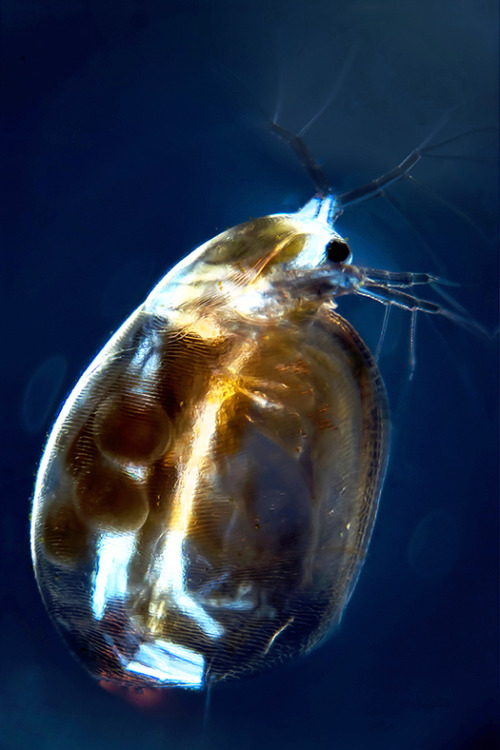
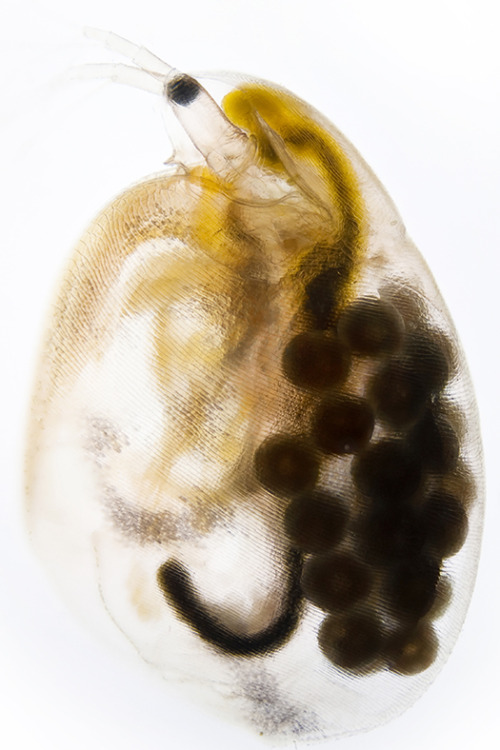
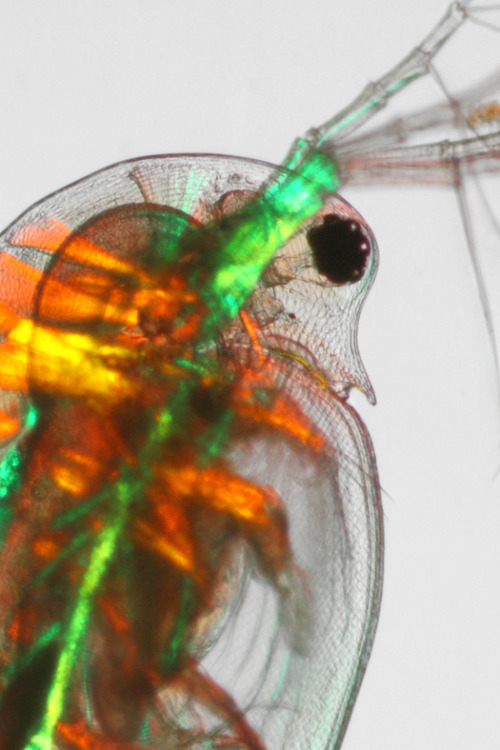
A salty situation.
Zooplankton may be the smallest species in the freshwater food chain, but they play a big role in preserving our lakes, streams and wetlands. That’s one of the reasons why IBM joined forces with the Rensselaer Polytechnic Institute and The FUND for Lake George to create the Jefferson Project at Lake George to understand and protect freshwater ecosystems. Recently they studied the effects road salt has on a species of zooplankton. Road salt usage has increased 50-fold since 1940, and bodies of freshwater are increasing in salinity because of it. Using IBM technology, the researchers monitored zooplankton in varying levels of salinity and found that the organisms were capable of evolving a higher tolerance to the salt. This is good news for the ecosystem since the loss of plankton could have cascading effects throughout the food chain. See, small can be mighty too.
Explore the study’s results →
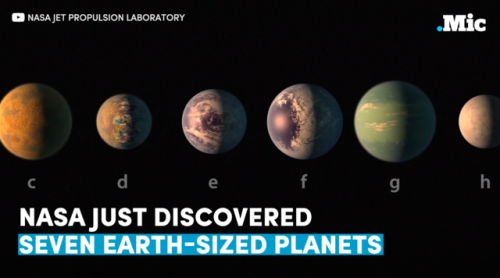
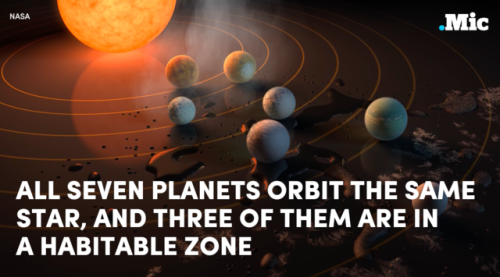
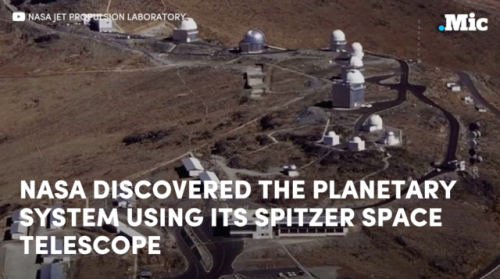
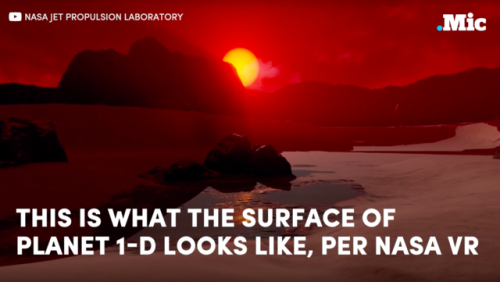
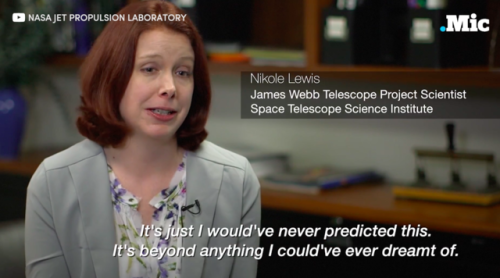
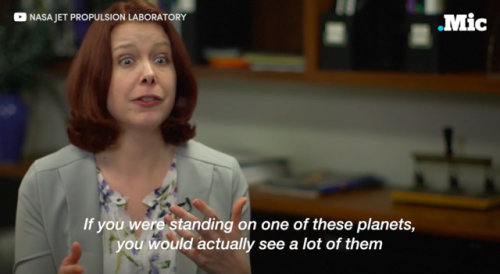
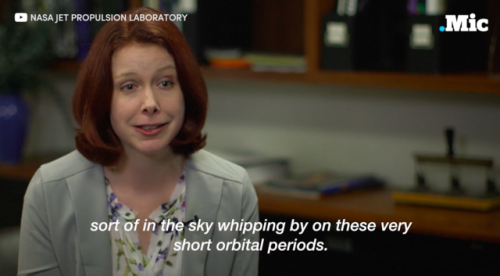
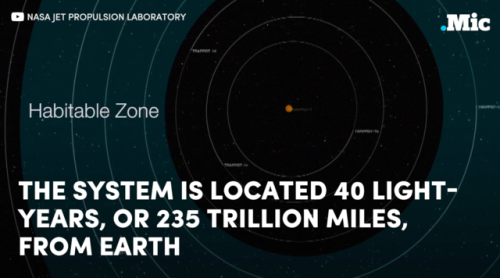
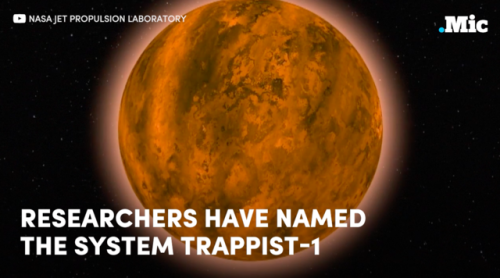
According to NASA, a neighboring star has 7 Earth-like planets in its orbit
Seven Earth-like planets have been found orbiting a sun not too far — in space terms, at least — from our own.
NASA announced Wednesday that the planets resemble Earth in composition and spacing from their star, which means their conditions might be favorable to liquid water and life, Time reported.
“The planets form a very compact system,” Michaël Gillon of Belgium’s University of Liège, said in a teleconference, according to Time. “They are very close to their star and are reminiscent of the system of moons that orbit Jupiter. They could have liquid water and life.”
Astronomers studied the star, Trappist-1 — which, at 39 light years away from Earth, is considered a relative neighbor — for six years, using telescopes located all over the world, plus the Spitzer Space Telescope. Read more (2/22/17 2:04 PM)
follow @the-future-now

Spectacular collision of stars will create new star in night sky in 2022
1800 years ago two stars were coming together in a huge cataclysmic explosion. The light from that collision will finally arrive on Earth creating a new star in the night sky - dubbed the ‘Boom Star’ - in an incredibly rare event which is usually only spotted through telescopes. Before their meeting the two stars were too dim to be seen by the naked eye, but in 2022, the newly formed Red Nova will burn so brightly in the constellation Cygnus that everyone will be able to to see it. For around six months the Boom Star will be one of the brightest in the sky before gradually dimming, returning to its normal brightness after around two to three years. Read more
Hues in a Crater Slope
by NASA’s Marshall Space Flight Center Impact craters expose the subsurface materials on the steep slopes of Mars. However, these slopes often experience rockfalls and debris avalanches that keep the surface clean of dust, revealing a variety of hues, like in this enhanced-color image from NASA’s Mars Reconnaissance Orbiter, representing different rock types. The bright reddish material at the top of the crater rim is from a coating of the Martian dust. The long streamers of material are from downslope movements. Also revealed in this slope are a variety of bedrock textures, with a mix of layered and jumbled deposits. This sample is typical of the Martian highlands, with lava flows and water-lain materials depositing layers, then broken up and jumbled by many impact events. This image was acquired by the High Resolution Imaging Science Experiment (HiRISE) camera on Feb. 28, 2011 at 15:24 local Mars time. It is a stereo pair with image ESP_021454_1550. The University of Arizona, Tucson, operates HiRISE, which was built by Ball Aerospace & Technologies Corp., Boulder, Colo. NASA’s Jet Propulsion Laboratory, a division of Caltech in Pasadena, California, manages the Mars Reconnaissance Orbiter Project for NASA’s Science Mission Directorate, Washington. Image Credit: NASA/JPL/University of Arizona Caption: Alfred McEwen NASA Media Usage Guidelines

The tail of a 99-million-year-old dinosaur, including bones, soft tissue, and even feathers, has been found preserved in amber, according to a report published today in the journal Current Biology.

A micro-CT scan of the delicate feathers that cover the dinosaur tail. Image: Lida Xing.
While individual dinosaur-era feathers have been found in amber, and evidence for feathered dinosaurs is captured in fossil impressions, this is the first time that scientists are able to clearly associate well-preserved feathers with a dinosaur, and in turn gain a better understanding of the evolution and structure of dinosaur feathers.
We clearly need a new Jurassic Park movie featuring cute feathery dinosaurs.

A reconstruction of a small coelurosaur Credit: Chung-tat Cheung






https://www.nasa.gov/exploration/systems/sls/major-review-completed-for-new-sls-exploration-upper-stage
SLS’s Exploration Upper Stage completes its Preliminary Design Review
23 science facts we didn't know at the start of 2016
1. Gravitational waves are real. More than 100 years after Einstein first predicted them, researchers finally detected the elusive ripples in space time this year. We’ve now seen three gravitational wave events in total.
2. Sloths almost die every time they poop, and it looks agonising.
3. It’s possible to live for more than a year without a heart in your body.
4. It’s also possible to live a normal life without 90 percent of your brain.
5. There are strange, metallic sounds coming from the Mariana trench, the deepest point on Earth’s surface. Scientists currently think the noise is a new kind of baleen whale call.
6. A revolutionary new type of nuclear fusion machine being trialled in Germany really works, and could be the key to clean, unlimited energy.
7. There’s an Earth-like planet just 4.2 light-years away in the Alpha Centauri star system - and scientists are already planning a mission to visit it.
8. Earth has a second mini-moon orbiting it, known as a ‘quasi-satellite’. It’s called 2016 HO3.
9. There might be a ninth planet in our Solar System (no, Pluto doesn’t count).
10. The first written record demonstrating the laws of friction has been hiding inside Leonardo da Vinci’s “irrelevant scribbles” for the past 500 years.
11. Zika virus can be spread sexually, and it really does cause microcephaly in babies.
12. Crows have big ears, and they’re kinda terrifying.
13. The largest known prime number is 274,207,281– 1, which is a ridiculous 22 million digits in length. It’s 5 million digits longer than the second largest prime.
14. The North Pole is slowly moving towards London, due to the planet’s shifting water content.
15. Earth lost enough sea ice this year to cover the entire land mass of India.
16. Artificial intelligence can beat humans at Go.
17. Tardigrades are so indestructible because they have an in-built toolkit to protect their DNA from damage. These tiny creatures can survive being frozen for decades, can bounce back from total desiccation, and can even handle the harsh radiation of space.
18. There are two liquid states of water.
19. Pear-shaped atomic nuclei exist, and they make time travel seem pretty damn impossible.
20. Dinosaurs had glorious tail feathers, and they were floppy.
21. One third of the planet can no longer see the Milky Way from where they live.
22. There’s a giant, 1.5-billion-cubic-metre (54-billion-cubic-foot) field of precious helium gas in Tanzania.
23. The ‘impossible’ EM Drive is the propulsion system that just won’t quit. NASA says it really does seem to produce thrust - but they still have no idea how. We’ll save that mystery for 2017.
Two New Missions to Explore the Early Solar System
We’ve got big science news…!

We’ve just added two more science missions to our lineup! The two selected missions have the potential to open new windows on one of the earliest eras in the history of our solar system – a time less than 10 millions years after the birth of our sun.

The missions, known as Lucy and Psyche, were chosen from five finalists and will proceed to mission formulation.
Let’s take a dive into each mission…
Lucy
Lucy, a robotic spacecraft, will visit a target-rich environment of Jupiter’s mysterious Trojan asteroids. Scheduled to launch in October 2021, the spacecraft is slated to arrive at its first destination, a main asteroid belt, in 2025.

Then, from 2027 to 2033, Lucy will explore six Jupiter Trojan asteroids. These asteroids are trapped by Jupiter’s gravity in two swarms that share the planet’s orbit, one leading and one trailing Jupiter in its 12-year circuit around the sun. The Trojans are thought to be relics of a much earlier era in the history of the solar system, and may have formed far beyond Jupiter’s current orbit.
Studying these Trojan asteroids will give us valuable clues to deciphering the history of the early solar system.
Psyche
The Psyche mission will explore one of the most intriguing targets in the main asteroid belt – a giant metal asteroid, known as 16 Psyche, about three times farther away from the sun than is the Earth. The asteroid measures about 130 miles in diameter and, unlike most other asteroids that are rocky or icy bodies, it is thought to be comprised of mostly metallic iron and nickel, similar to Earth’s core.

Scientists wonder whether psyche could be an exposed core of an early planet that could have been as large as Mars, but which lost its rocky outer layers due to a number of violent collisions billions of years ago.

The mission will help scientists understand how planets and other bodies separated into their layers early in their histories. The Psyche robotic mission is targeted to launch in October of 2023, arriving at the asteroid in 2030, following an Earth gravity assist spacecraft maneuver in 2024 and a Mars flyby in 2025.
Get even more information about these two new science missions HERE.
Make sure to follow us on Tumblr for your regular dose of space: http://nasa.tumblr.com
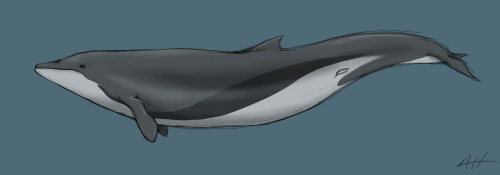
As a paleo-artist, one of my biggest pet peeves are prehistoric whales reconstructed not as whales but as sinewy, snarling, shrink-wrapped marine reptiles. It’s just not a plausible reconstruction, even if it’s highly speculative, and it paints an incorrect image in the public eye. Granted, this is a struggle I’ve exlpored in all forms of paleo-art and reconstructive illustration. But the whales have really been getting to me recently.
Here are some recontructions of Basilosaurus, if you don’t know what I mean (one by Karen Carr, the other by an artist I could not determine):


These snakey, reptilious reconstructions may stem from the fact that Basilosaurus, one of the first early cetaceans to be found, was believed to be a reptile when first discovered (hence the name). Maybe we simply haven’t fully shaken that mindset.
But still! Even the damn Smithsonian, which has such a wonderful collection of ancient cetaceans, is at fault in this:

Don’t even get me started on their recently-closed dinosaur hall. Thank the lord they’re finally renovating that dated piece of crap.
I have struggled to find a way to reconstruct these animals so that they are just a little bit more believeable. Up top I’ve done a really really quick sketch of Dorudon. I tried to not only make its body more streamlined and whale-like (because Dorudon has a lovely, almost but not quite modern-looking skeleton), but I also tried to give it markings similar to what we find on modern cetaceans for camouflage. Because hey, who’s to say they didn’t have ‘em? I tried to make them familiar but not directly copied from any modern species.
Aaaaand end rant.
The Shepard-Risset Glissando
A Shepard tone, named after Roger Shepard, is a sound consisting of a superposition of sine waves separated by octaves. When played with the base pitch of the tone moving upward or downward, it is referred to as the Shepard scale. This creates the auditory illusion of a tone that continually ascends or descends in pitch, yet which ultimately seems to get no higher or lower. It has been described as a “sonic barber’s pole”.
Jean-Claude Risset subsequently created a version of the scale where the tones glide continuously, and it is appropriately called the continuous Risset scale or Shepard–Risset glissando. When done correctly, the tone appears to rise (or descend) continuously in pitch, yet return to its starting note. Basically, it’s a continuously descending tone that never gets any lower. It’s the acoustical version of M.C. Escher’s Penrose Stairs optical illusion. Source.
Doesn’t it sound a little bit creepy?
Photographer Endangers His Life To Capture Lava, Meteor, Milky Way And Moon In One Shot
culturenlifestyle:

American adventure photographer Mike Mezeul II has captured what is arguably one of the most stunning images of Mother Nature at work.
Keep reading
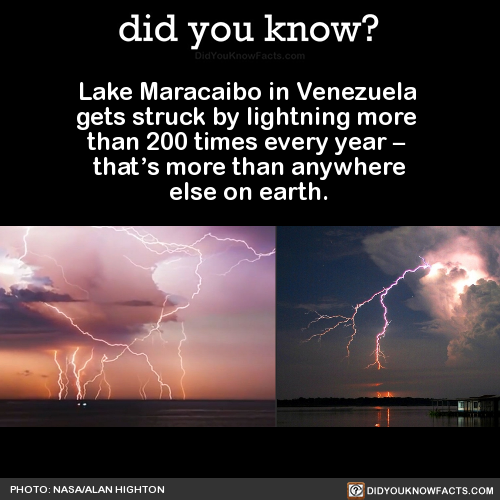
Lake Maracaibo in Venezuela gets struck by lightning more than 200 times every year – that’s more than anywhere else on earth. Source
Fve-miles above Lake Maracaibo, storm clouds gather up to 160 nights per year and can last for up to 10 hours.

A photon checks into a hotel and is asked if he needs any help with his luggage. He says, “No, I’m traveling light.”


As close as you will ever be to a nuclear explosion


Polymer absorbs water and expands. It keeps almost the same refractive properties as water and appears invisible.
The polymer is Sodium Polyacrylate (thank you, thecraftychemist!)
source
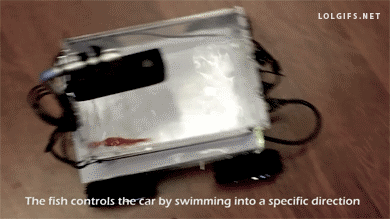

Fish on Wheels

Technology then and now
